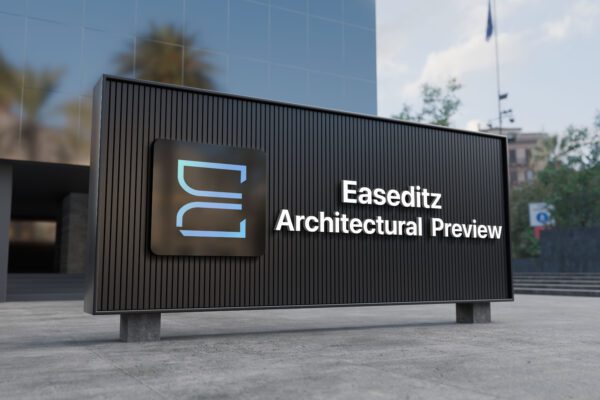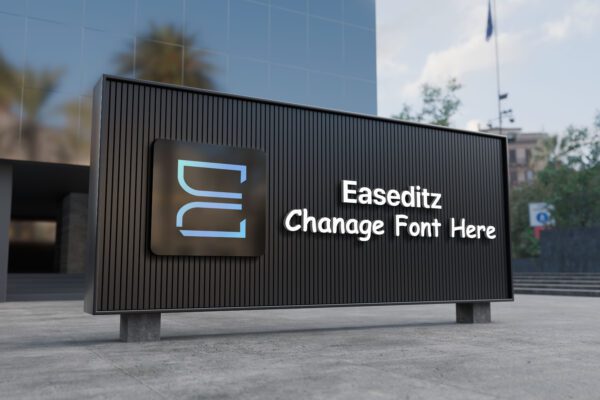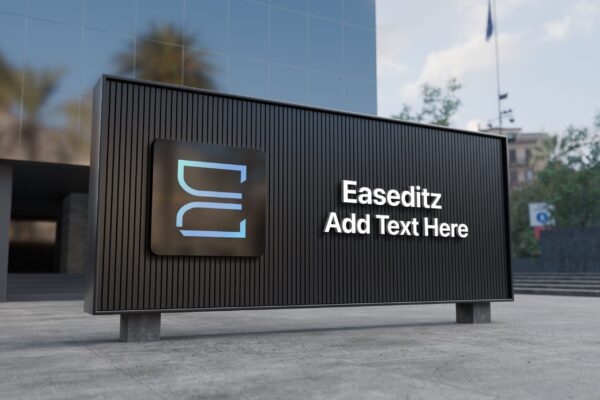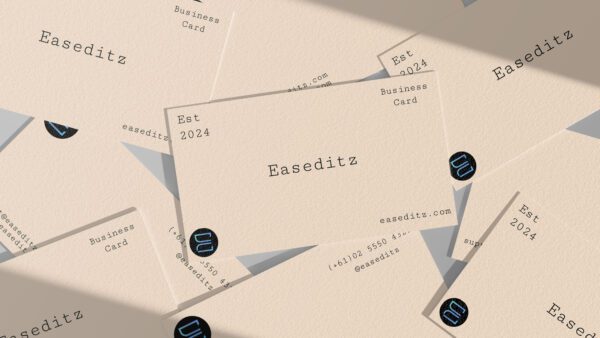Description
Understanding Architectural Preview Mockups
Architectural preview mockups represent a vital aspect of the architectural design process, serving as a tangible or visual representation of the proposed project. These mockups can take various forms, including physical models, digital renderings, or even augmented reality experiences. Their fundamental purpose is to provide an accurate depiction of design intent, allowing stakeholders to better understand the final outcome before construction begins.
Physical mockups are often created using materials relevant to the project, giving clients and architects a hands-on experience of the design. These models can range from small-scale representations to full-size sections of the building, facilitating a comprehensive understanding of spatial relationships and proportions. Alternatively, digital mockups provide a more flexible and easily adjustable way to visualize designs. They can incorporate advanced technology like 3D modeling software and virtual reality, enhancing the viewer’s experience and providing an immersive insight into the project.
The significance of architectural preview mockups extends beyond mere visualization. They play a crucial role in facilitating client feedback, enabling architects to gather valuable insights and preferences early in the design process. This feedback loop can identify potential misunderstandings or design issues before they escalate, streamlining the workflow and ultimately saving time and costs. Furthermore, mockups can aid communication among various stakeholders, including contractors, engineers, and city planners, ensuring everyone involved has a clear understanding of the project goals.
Architects should consider using preview mockups at different stages of the project lifecycle, particularly during concept development and design refinement. By investing time and resources in creating these mockups, architects can enhance client satisfaction and foster a collaborative environment, resulting in a more successful design outcome.
Benefits and Best Practices for Creating Effective Mockups
Architectural preview mockups play a crucial role in the design process, offering numerous benefits that enhance client satisfaction and project delivery. One of the primary advantages is the ability to identify potential design flaws early in the development stage. By creating tangible representations of architectural concepts, designers can visualize complexities that may not be apparent in traditional blueprints or digital plans. This proactive approach reduces costly modifications during construction, ensuring that projects remain on schedule and within budget.
Moreover, architectural mockups significantly improve client engagement and satisfaction. When clients can physically interact with a model, they gain a clearer understanding of spatial relationships and aesthetic nuances. This interactive experience fosters open communication, allowing clients to provide feedback and express concerns before finalizing the design. Such practice not only builds trust between clients and architects but also enhances the overall presentation of the architectural concepts.
To maximize the effectiveness of architectural mockups, several best practices should be observed. First, selecting appropriate materials is vital. Mockups should ideally use materials that closely match those intended for the final design; this ensures that the colors, textures, and finishes resonate with the client’s vision. Additionally, utilizing technology for digital mockups can streamline the design process. Virtual reality (VR) and augmented reality (AR) tools can simulate full-scale experiences, allowing clients to explore designs in a more immersive manner.
Furthermore, ensuring that the mockup accurately represents the final design is essential. Any discrepancies may lead to confusion or misaligned expectations. Architects and designers should create detailed documentation to accompany the mockup, which outlines specifications and design rationales. By adhering to these best practices, architects can enhance the value of architectural preview mockups and contribute meaningfully to the design process.









Reviews
There are no reviews yet.